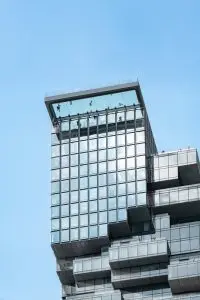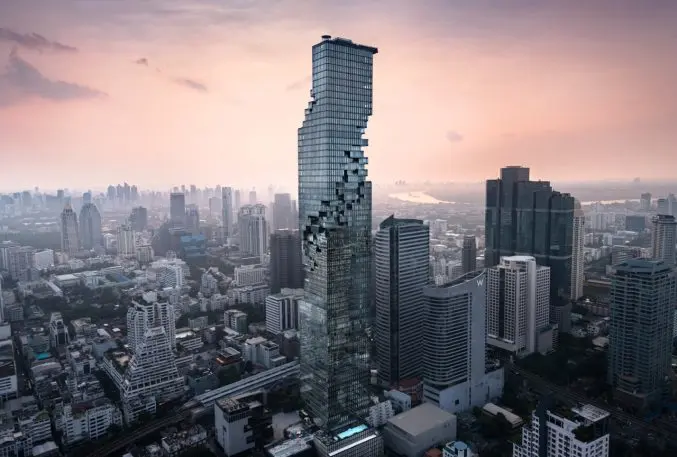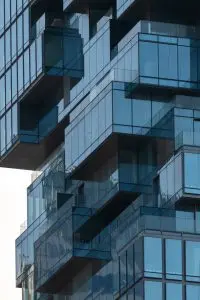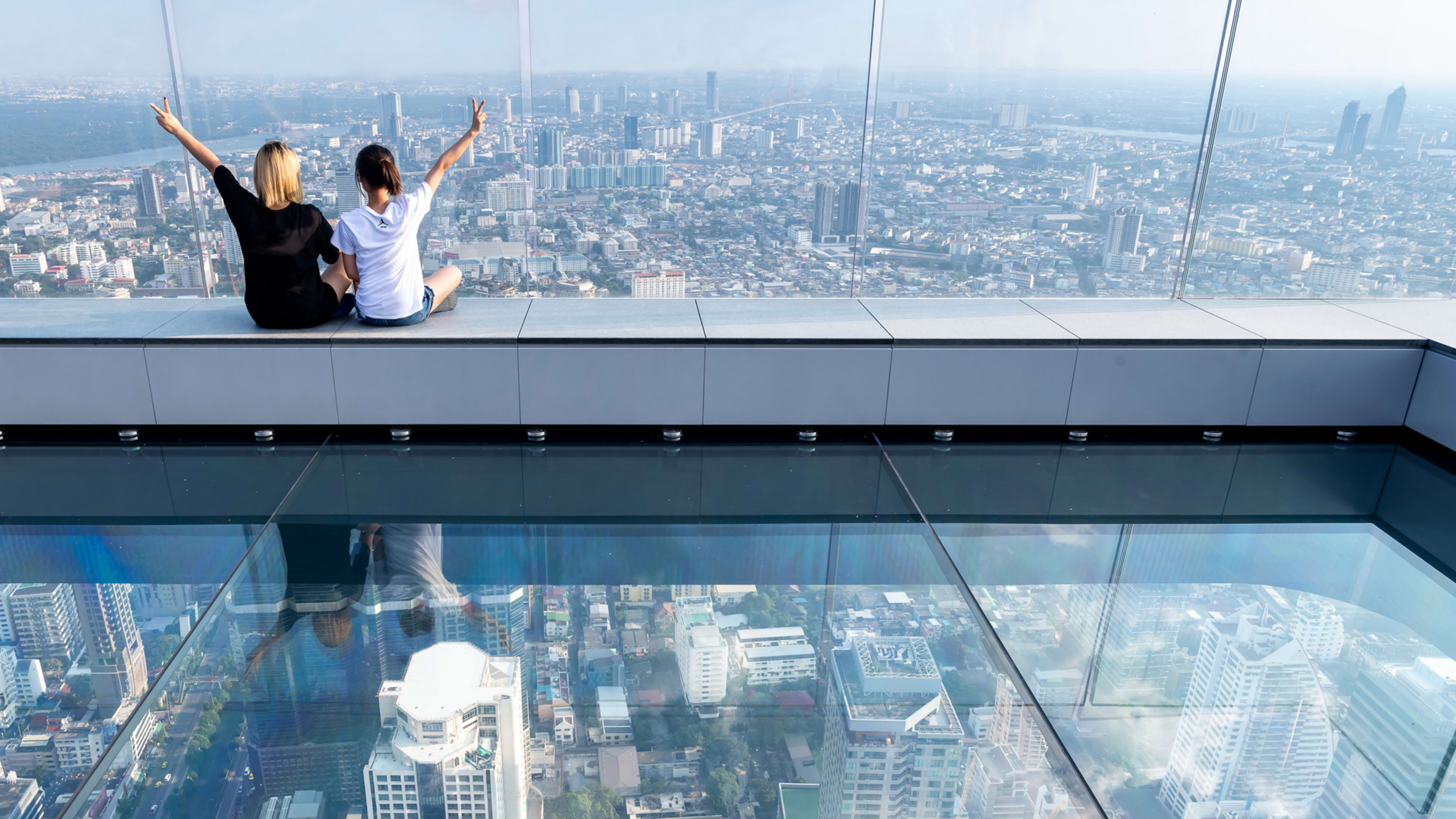This is the MahaNakhon Glass Tray, a glass-bottomed deck that’s perched atop the new King Power MahaNakhon tower in Bangkok. Thrill seekers can stand more than 1,000 feet above the city, separated only by glass–the latest example of a budding form of architectural tourism.
The 1,030-foot-tall skyscraper, which opened last month, looks to have been teleported from the future. In fact, its pixelated structure suggests that the teleportation was only partially successful. That’s by design, according to architect Ole Scheeren, who was a disciple of Rem Koolhaas and left OMA in 2010 to found his own office. Scheeren says over email that the building was designed to give the impression of being “in a permanent state of being unfinished and in that sense a building that reflects the idea of process.” The building, he says, is a reflection of Bangkok itself, “a city in a permanent state of flux,” where parallel forces both traditional and futuristic are at play, thus reshaping the urban fabric. For Scheeren, the incredible tension in the city, this energy, is translated into the fundamental idea of the building.

The Glass Tray, at the very top of the building, is where that “ribbon” ends. It’s part of the MahaNakhon SkyWalk, an experience that starts on the first floor of the tower for anyone who wants to spend about $85 for a ticket.
Visitors take an elevator straight up to the 74th floor in just 50 seconds in the country’s fastest elevator. There they will find an indoor observation deck with 360-degree panoramic views, and augmented reality screens that point out Bangkok’s landmarks. On the next floor, a glass elevator boarding area leads to the 78th floor, where they’re met by the “Glass Tray” and Thailand’s highest rooftop bar, which offers signature drinks and cocktails (they may need a few, before stepping foot on the deck).

“MahaNakhon is a building that is strongly embedded in the city and the public realm,” Scheeren says. “The idea of giving space back to the city is intrinsic to the project.”

“What is particular about MahaNakhon is that through this pixelated ribbon that coils along the shaft, we created highly diversified conditions in the interior of the building, and the tower actually features 200 apartments of which no two are alike,” Scheeren says. “This enabled us to play with different variations and create living spaces with completely unique conditions, and to generate a sense of individuality that is very rare in high-rise structures.”
Recognize your brand’s excellence by applying to this year’s Brands That Matter Awards before the early-rate deadline, May 3.





